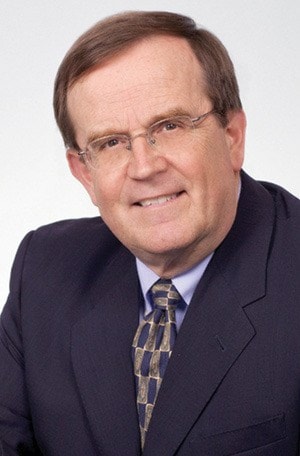The mandated separation of sanitary sewer and stormwater flows in the Uplands moved forward last Wednesday as Oak Bay council, sitting as committee, accepted the recommendation of McElhanney Consulting Services.
At a special committee of the whole last Wednesday, Oct. 5 at Oak Bay United Church, council voted unanimously to support a new shallow gravity-based stormwater system augmented with municipally owned stormwater pumping stations for roadway runoff. The existing pipe will be used as a sanitary sewer.
Design will be by catchment area and construction will happen on a phased project basis, beginning with the Humber catchment. It’s also recommended that the district develop a rehabilitation plan for the existing pipes.
The recommendation was expected to come to council for approval yesterday (Oct. 11), after press deadlines.
“Option 4 provides a balance between environmental, social and financial considerations,” project manager Jack Hull wrote in his report to council.
The Uplands neighbourhood currently has a single pipe system, built in the early 1900s, to convey both sanitary sewage and storm water. During heavy rainfall, the volume of water exceeds the capacity of the system, sending overflows into the ocean at the Rutland and Humber pumping stations.
“This is not the end of the process... this is the beginning of the end of the process,” Mayor Nils Jensen said in reviewing the study and public engagement undertaken so far.
Total capital cost for the recommended option is an estimated $21.5 million; taking into account a 30 per cent contingency allowance and 20 per cent for other soft costs. This would allow for certain unknowns, such as the amount of rock to be blasted and whether work will impact First Nations archeological sites.
Average annual operation and maintenance, over a 50-year period, for the district is estimated at $91,000 – $46,000 for the district and $45,000 for homeowners. As the system ages over the 50-year duration, pumps or line breakdowns are expected.
Hull emphasized the importance of making a decision on an issue that “has been discussed and studied for several decades.”
The suggested timeline for the project is 30 years, although homeowners won’t be forced to hook into the system unless the property is seeing new construction or renovation of more than $100,000. Homeowners who have separated the systems on their properties before separation on the municipal portion of their area is competed will be hooked up at no cost.
Coun. Eric Zhelka moved an unsuccessful amendment to the motion that wouldn’t specify an end date to the project, aimed to offer the district greater flexibility.
However, Hull told council he didn’t believe the province would accept a longer or unspecified timeframe.
Jensen said the municipality had recently received word of a possible clean water and wastewater grant through the provincial and federal governments the district could apply for.
The grant would only apply to the municipal portion of the project, but if approved could reduce the project timeframe.
Uplands resident David Black, owner of Black Press, asked about the opportunity for residents to use easements to accommodate the pipe, if they chose, as an alternative to installing pumps. Black said a pump might also require considerable additional expenses, such as a generator and electrical upgrades to a home, and urged council to be transparent about the possible costs.
Jensen said property-specific concerns and preferences are something that could be considered at a more localized level once the project proceeds to the implementation phase.
Roger Bernard said his property accommodates stormwater management onsite and does not flow into the municipal pipe and questioned why he would need to hook up. “If it ain’t broke, why fix it?” he asked.
Several residents and councillors also expressed frustration at the mandated separation with no evidence that environmental harm exists.
“Council, with support of staff, did their due diligence to protest the futility of this ‘one-size-fits-all’ regulation. But ultimately we have been backed into a corner to spend tens of millions of dollars to comply with a provincial regulation for a ‘perceived problem’...,” said Coun. Tara Ney.
“And yet there are so many other ‘real’ problems for this money that would mitigate environment degradations to the Salish Sea. This was a solution with no problem – it is a bad public policy decision for which local government has no say.”
Visit oakbay.ca to see the staff report, including the consultant’s final technical report.
– with files from Christine van Reeuwyk
